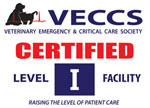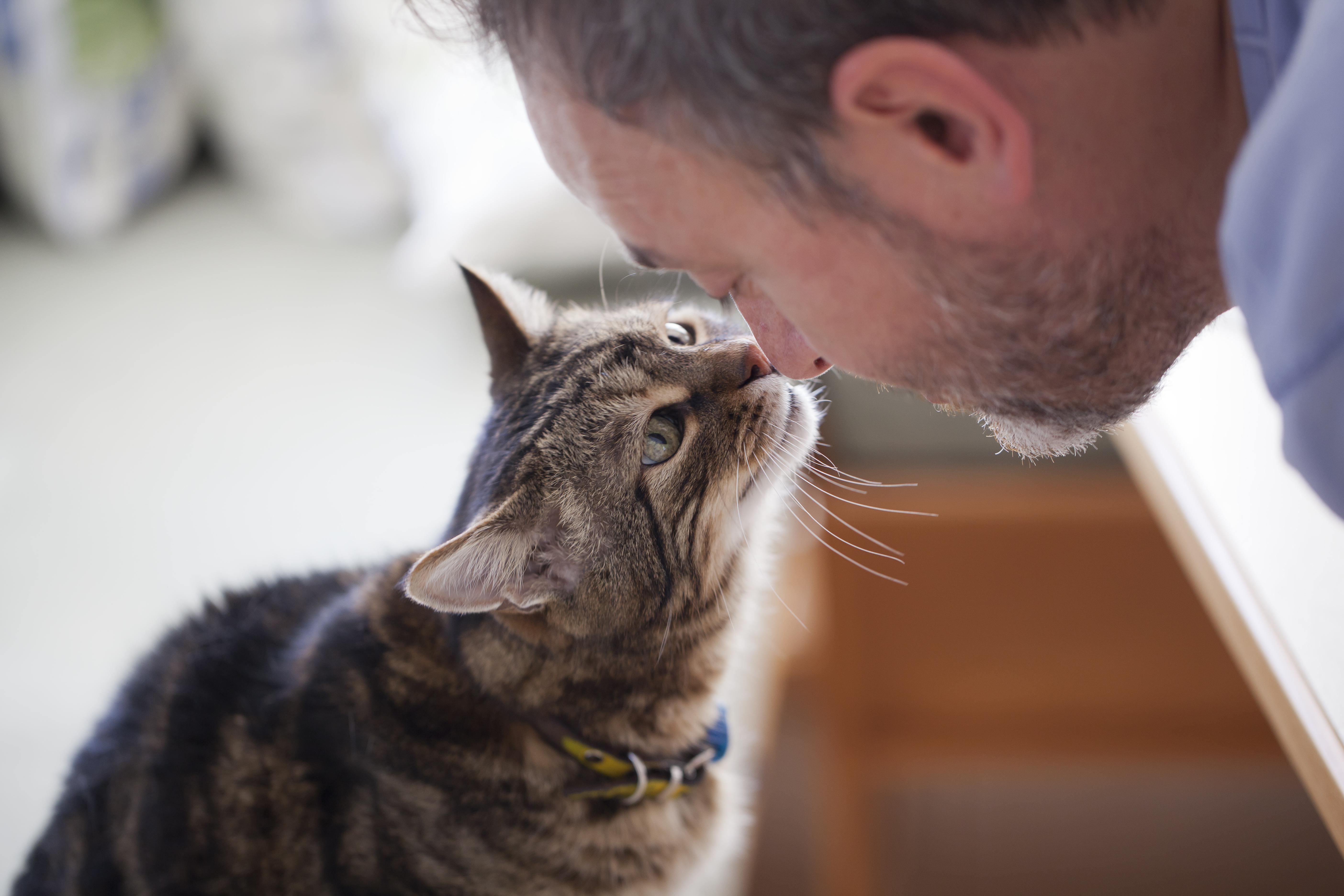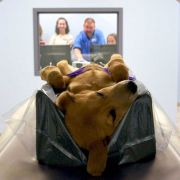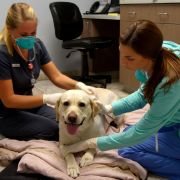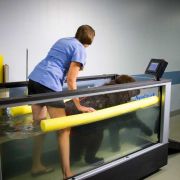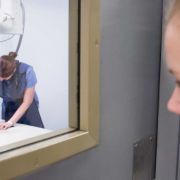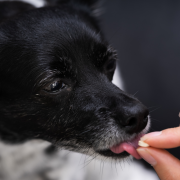Date:
During your pet’s cancer treatment, our goal is for them to live as normal a life as possible, and continue to enjoy simple pleasures, such as playing with other pets, walking through the park, and snuggling with you. We believe strongly that a pet’s cancer treatment should never be worse than the cancer itself. Fortunately, most cancer treatments, including chemotherapy, typically have few side effects in pets. Our veterinary oncologists use lower chemotherapy doses than those used in people, and pets often do not know they are sick, or undergoing treatment. However, if your pet’s cancer progresses, or they do experience treatment side effects, their quality of life may be affected.
Your pet’s quality of life
Your pet’s quality of life is the most important factor we consider during their cancer treatment. Quality of life describes the degree to which a pet is healthy, comfortable, and able to enjoy or participate in normal activities. If you believe your pet’s quality of life has changed during their treatment period, our oncology team may be able to make adjustments to their treatment plan that will ensure they enjoy each day. Let us know about any changes that concern you, but especially the following signs, which can significantly impact your pet’s quality of life:
- Pain
- Inability to walk
- Vomiting and nausea
- Inappetance
- Difficulty breathing
- Inability to control bodily functions
Unfortunately, not all cancers are curable, and your pet’s cancer may progress and affect their quality of life. If this occurs, we can often provide palliative care, which involves treatments to maintain your pet’s quality of life, and keep them comfortable for as long as possible.
Quality of life assessment

Many people think they will instinctively know if their pet is uncomfortable, but small behavior changes can be difficult to decipher. Our oncology team uses quality of life scoring tools to help pet owners objectively assess their pet’s life quality, and determine whether they require additional care. We will assess your pet’s quality of life throughout their cancer treatment, and you should do the same to regularly evaluate their comfort at home.
One such quality of life scoring tool is the HHHHHMM scale, which was developed by a veterinarian. This tool outlines the following quality of life criteria, with a score of 1 to 10 assigned for each category:
- Hurt — Pain control is the most important aspect of your pet’s quality of life, giving it first priority on the list. Is your pet’s pain adequately controlled? Do they interact with others and play? Do they struggle to breathe, which is one of the most painful and stressful experiences for a pet?
- Hunger — Has your pet lost interest in food? Does offering special treats, such as chicken or tuna, help? Do they eat if you hand-feed them?
- Hydration — Is your pet dehydrated, which can make them feel worse? If you tent your pet’s skin, does it snap back to place quickly, or does the tent persist? If you press a finger into their gums, does color return in less than two seconds?
- Hygiene — Has your pet stopped grooming? Does their coat look dull and matted? Can they control their eliminations, or do they sometimes lie in their own waste?
- Happiness — Your pet’s happiness is one of the most important criteria. Do they derive joy from interactions with family members or other pets? Do they respond to their environment? Are they depressed, lonely, anxious, bored, or afraid?
- Mobility — Can your pet get around on their own to meet their needs? Do they require help, such as a harness or sling, or need to be carried, to get outside or to their litter box? Do they want to go for walks? Do they have seizures or stumble when walking?
- More good days than bad — When your pet has more bad days than good, or several bad days in succession, their quality of life has likely become compromised.
When you add the scores from each category, a total of 35 or higher corresponds to a satisfactory quality of life, whereas a lower score indicates poor quality of life. If your pet’s score declines over time or is near 35, our oncology team will work with you to determine the most appropriate path. We do not want your pet to be uncomfortable and will consider which additional treatment options will best address their issues.
Our oncology department, and our entire CVRC team, makes your pet’s quality of life our first priority. Contact us for guidance through your pet’s cancer journey.



